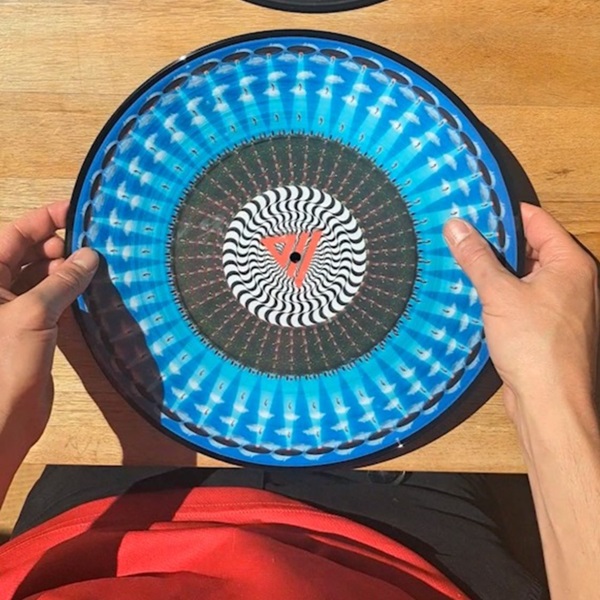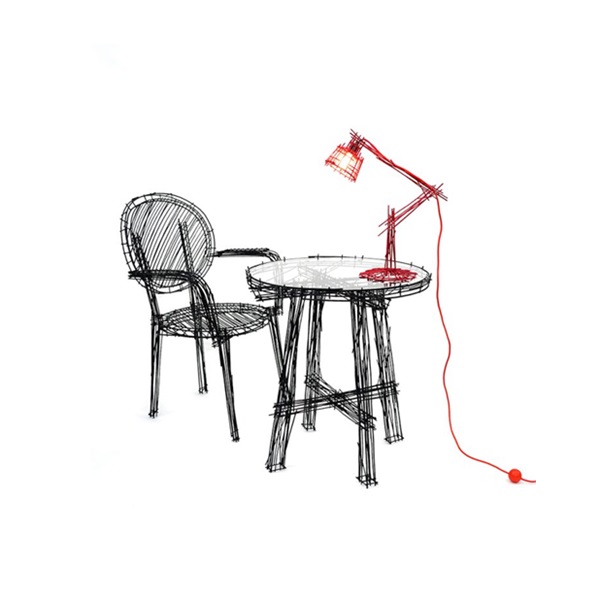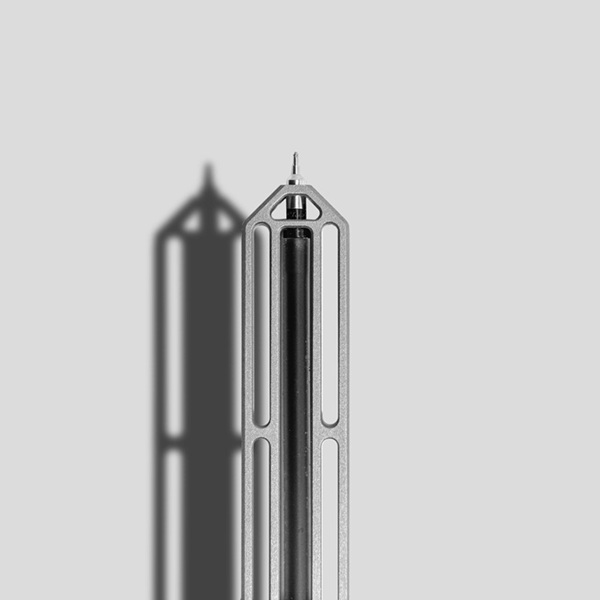
There are at home such necessary things that we would rather not expose for visitors to view. With a simple reason – because they are not nice, such as the clothes dryer. Please, meet the twelve-pointed Star-shaped clothes dryer, or drier in the shape of a star. Designed by Aaron Dunkerton, it is so interesting and surprising in its simplicity that you will not want to hide your cleaned laundry any more! An additional advantage is that you can actually use it as a hanger or as an avant-garde sculpture. The designer highlights many advantages that Star-shaped clothes has: it differentiates in that it has 36 levels, and that the shape of a perfect star encourages the circulation of the drying air. It also has tabs, so you can easily move it from place to another without spreading it. For folding you are turning it into a harmonica, which makes it easy to store because it takes a lot less space than a standard clothes dryer. Assembled dimensions are 56 cm long, 32 cm wide and 23 cm in height, while unfolded: 56 cm deep, 112 cm high, 112 cm wide. The stellar dryer is made of narrow strips of plywood connected aluminium rods. It is comfortable, spacious, ideal for modern apartments.




















